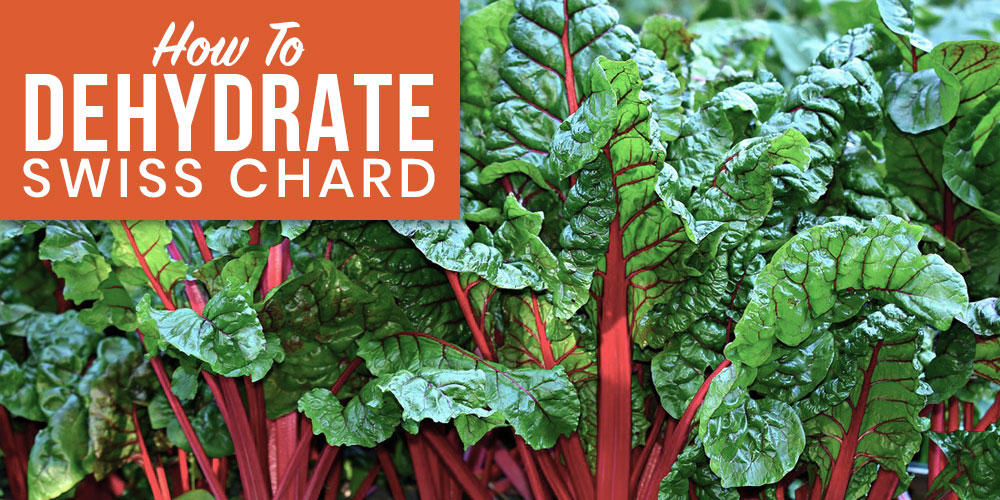
NAVIGATION
Swiss chard grows abundantly in my garden, but using all the greens before they go bad can be challenging. I needed to find a way to extend its shelf life, so I experimented with lots of techniques to preserve Swiss chard and found that dehydrating is my favorite method.
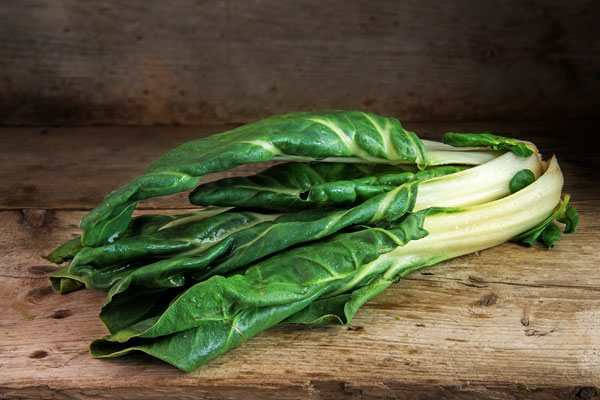

Hi, I’m Ryan
Part of my homesteading plan includes growing green leafy vegetables, and I always prioritize making sure they last as long as possible. I’ve found dehydrating veggies to be the best and easiest way to practice food preservation while allowing me to enjoy the nutritional benefits of vegetables all year long, and that holds true with Swiss chard.

Can You Dehydrate Swiss Chard?

I routinely dehydrate chard with very little prep work and am always surprised at how quickly it dries and how nice it is to have on hand. After perfecting the technique, I’m excited to share my tips with you!
Swiss chard is a vegetable you can add to almost any meal. It’s full of essential vitamins and nutrients, like vitamins A, C, and K, magnesium, iron, and potassium.
It also has abundant dietary fiber, so I always feel full long after eating chard. It doesn’t hurt that this leafy green also contributes to my overall well-being, balanced diet, and healthy lifestyle.
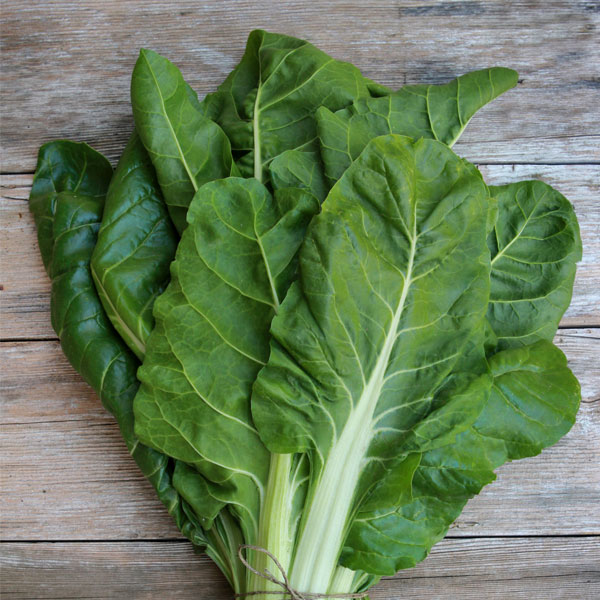
What Varieties Of Swiss Chard Can Be Dehydrated?
You can grow or purchase many different varieties of Swiss chard. It all depends on your taste buds, color preferences, and how quickly you want your garden to grow. I prefer large, white-ribbed dehydrated Swiss chard because its young leaves taste great in cold pasta and salads, while the mature leaves add rich flavor in steamed or stir-fried dishes, soups, and stews.
What Parts Of Swiss Chard Can Be Dehydrated?
All parts of the whole plant can be dehydrated. However, I’ve found that chard stems take a little longer to cook than the leaves, so sometimes I remove them and dehydrate the stems separately. You can also remove the stems altogether if you prefer to eat just the leaves.
Do I Need To Chop Swiss Chard To Dehydrate It?
Yes, it’s a good idea to chop Swiss chard before dehydrating it. If you prefer to remove the stems, you can compost or dehydrate them separately for cooking. Then chop the leaves into smaller pieces of about 4 inches.
Do I Need To Blanch Swiss Chard To Dehydrate It?
No, it’s not necessary to blanch Swiss chard before dehydrating. It’s loaded with health benefits akin to its cousin kale and is widely considered a nutritional powerhouse when eaten either raw or cooked. That said, it’s really a personal preference, and while I don’t choose to blanch Swiss chard before dehydrating, you may opt to. In that case, cut out the center stem and cut the leaves into smaller pieces. Then, boil the Swiss chard in water for approximately one minute before removing and draining all the water.
How To Dehydrate Swiss Chard

While you can dehydrate Swiss chard in many different ways, I’ve found that the easiest and most efficient method is with an electric dehydrator. Most dehydrators come with a timer, fan, and temperature gauge, which allow the heat to be evenly distributed, producing the best results.
I recommend using a dehydrator with multiple trays, which allows you to dehydrate lots of produce or different types of food at the same time. Grab your supplies, and we’re ready to dehydrate and enjoy some dried Swiss chard!
Equipment You’ll Need To Dehydrate Swiss Chard

Most homesteaders will tell you to get a dehydrator, and I agree that it’s an indispensable kitchen tool. Some people might prefer to use an oven on a low setting along with a slicer or pressure cooker for a speedier process, but I don’t think these are necessary items, especially for a tiny kitchen.
All You Need To Dehydrate Successfully
- Dehydrator
- Package of Liners
- Spreading Tool
- Airtight Container
- Vacuum Sealer (optional)
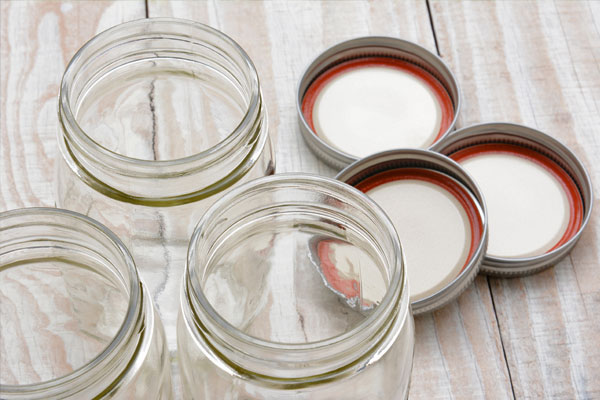
Steps To Dehydrating Swiss Chard

Bring the chard in from your garden or shopping trip, and make sure to wash it thoroughly. Blanch the Swiss chard if you choose to, or skip this step and pat it dry.
Steps To Dehydrate Swiss Chard
- Grab your favorite knife and cut the undamaged stems and/or leaves into smaller pieces.
- Discard, compost, or separate the center portion.
- Place the Swiss chard leaves and/or stems flat on the dehydrator trays.
- Make sure to leave a few inches between each stem or leaf.
- Set the food dehydrator at a low temperature. The best temp to dehydrate Swiss chard is around 135 F.
- Dehydrate for about 3 hours.
During dehydrating, turn the trays a few times while flipping the leaves so that everything dries evenly. Also, allow the chard to cool completely before you store it.
How Do You Tell When Your Swiss Chard Is Done Dehydrating?
Begin checking your Swiss chard after two hours to see if it’s done dehydrating. Are they crisp? If not, keep dehydrating and check to see if they’re dry and/or crisp every half hour.
Can You Use An Oven Instead Of A Dehydrator For Swiss Chard?
I’ve found that quality dehydrators work better than ovens at dehydrating Swiss chard. This is because a dehydrator maintains a more constant temperature and even distribution of heat and allows moisture to escape.
How To Store Dehydrated Swiss Chard

If they’re crushed, they also take up less space in food storage containers and your pantry, and the coarse leaves are easy to add to meals.
You can also blend the dehydrated chard to form a fine Swiss chard powder.
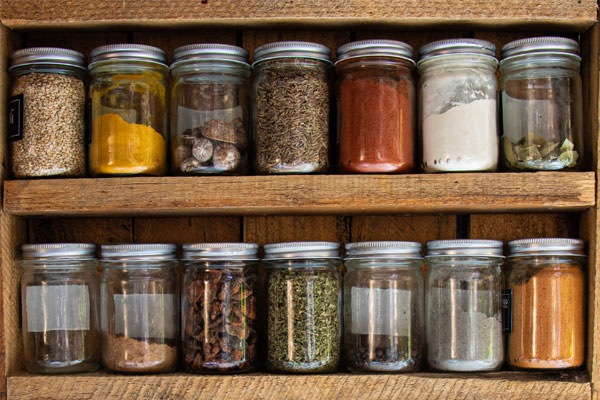
How Long Will Dehydrated Swiss Chard Last
Store your dehydrated Swiss chard in a cool, dry location away from direct sunlight. If you do this, it should last at least a year. Storing Swiss chard in vacuum-sealed bags further limits its exposure to oxygen, which causes spoilage, and extends your chard’s shelf life even further.
How To Use Dehydrated Swiss Chard In Your Cooking

Now that you’ve dehydrated the Swiss chard and have a good supply, how should you use it in your cooking? Really, the possibilities are endless — it’s super versatile. I like to add it to most dishes, and it blends right in. Plus, it’s an easy way to incorporate more vitamin C, iron, and potassium into your diet. And if you’ve got kids, you can sneak more vegetables into their meals.
Swiss chard can add a dash of greens to many recipes
- Smoothies with blueberries and fruits
- Scrambled eggs, omelets, quiches, crepes
- Soups, stews
- Salads, salad dressings
- Rice dishes and casseroles
- Pasta sauces
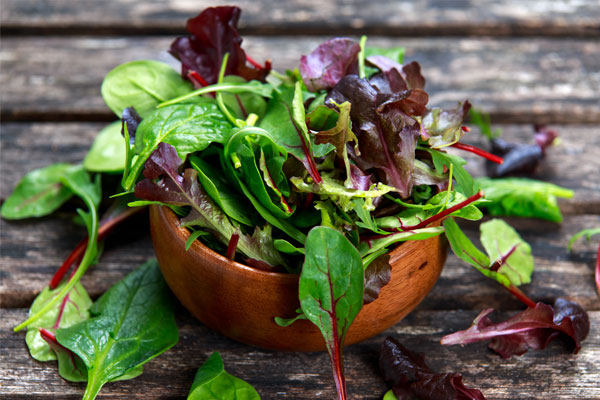
It’s also a great snack; with a sprinkle of salt, you’ve got Swiss chard chips!
Fresh To Dehydrated Swiss Chard Conversion
It takes one bunch of fresh Swiss chard to make 0.5 ounces or 14 grams of dehydrated Swiss chard. Alternatively, about half of a bunch of the leafy greens will yield 0.25 ounces or 7 grams dehydrated.
How To Re-Hydrate Dehydrated Swiss Chard
To rehydrate dehydrated Swiss chard, combine two parts water with one part vegetable. Then, simmer the chard for about 10-15 minutes. If you don’t want to simmer, simply soak it for one or two hours.
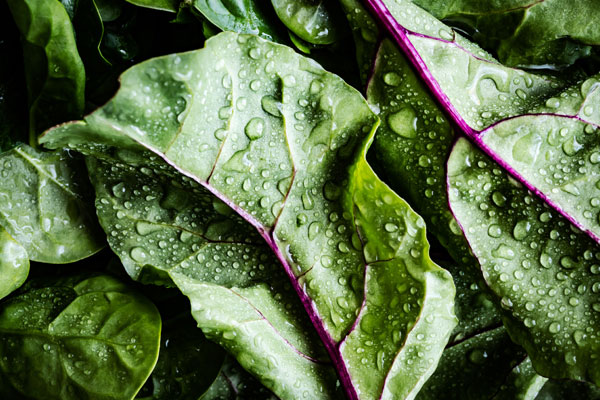 If you’re cooking a recipe, though, it’s not necessary to rehydrate it before adding it in with your other ingredients.
If you’re cooking a recipe, though, it’s not necessary to rehydrate it before adding it in with your other ingredients.
If your homesteading plan includes growing vegetables that you’ll later dehydrate, Swiss chard is a good one to add to your list. It’s easy to grow, and it’s a valuable source of essential vitamins and nutrients.
Plus, once it’s dehydrated, you’ll have it readily available to add to almost any dish all year long.
Your Turn!
- What kind of recipes would you like to cook with dehydrated Swiss chard?
- Do you prefer to eat dehydrated Swiss chard in meals, or do you rehydrate?




Leave a Reply